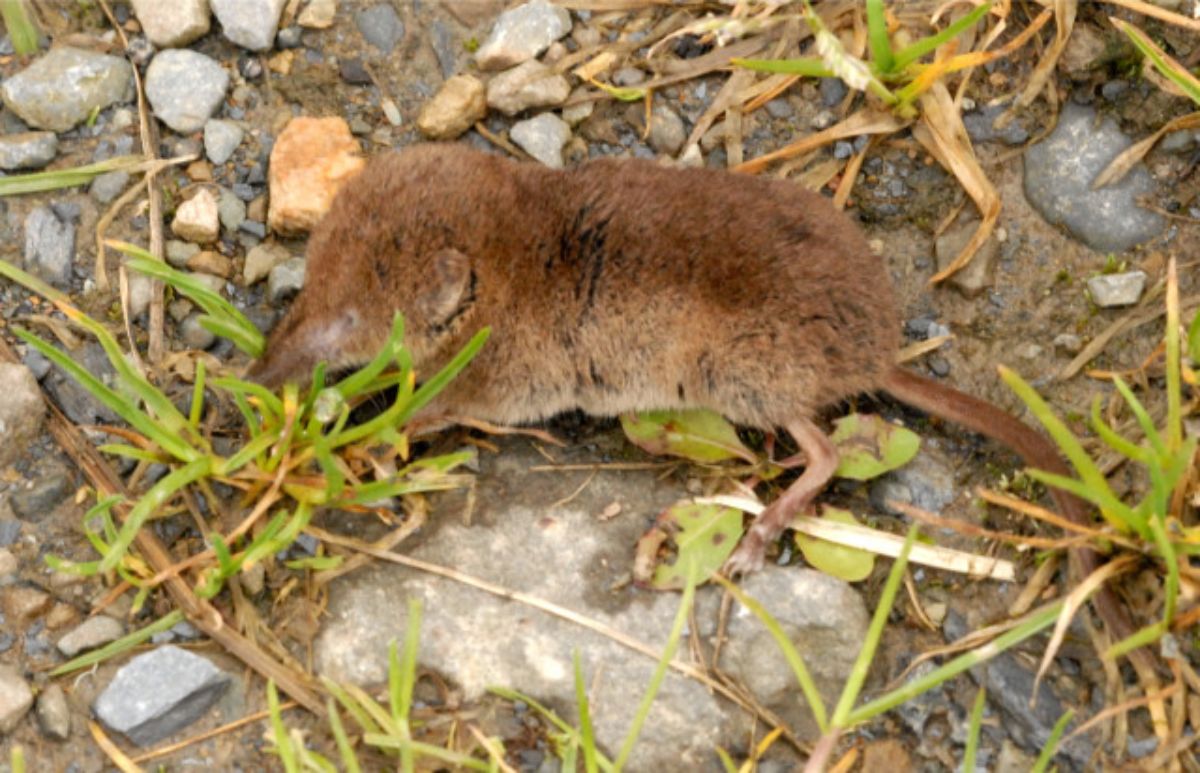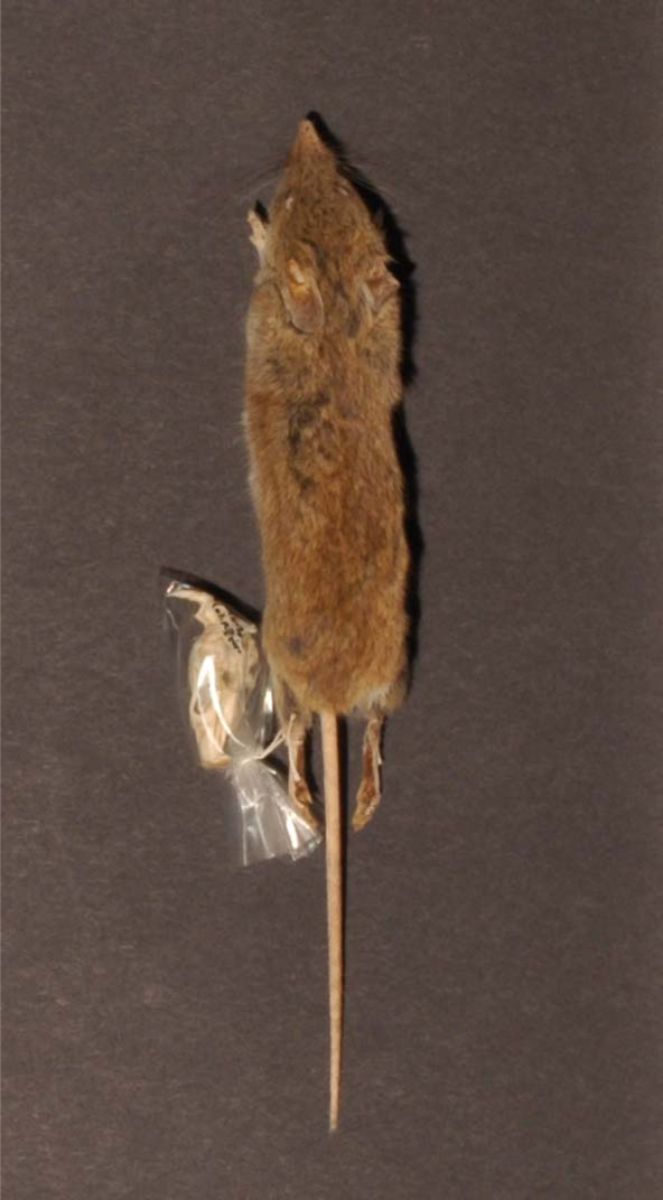Name
Soricidae
shrew
Framing
Phylum: Chordata
Subphylum: Vertebrata
Class: Mammalia
Subclass: Theria
Infraclass: Eutheria
Order: Eulipotyphla
Family: Soricidae
Habitat
Terrestrial, mainly in forests and fields, some species are semi-aquatic.
Feeding
Carnivore
Distribution
Eurasia, Africa, North America and northern South America. Widely distributed on the Iberian Peninsula and present in the Canary and Balearic Islands.
Conservation status
In Spain, one species, the Canarian shrew, is included as vulnerable in the List of Species under Special Protection Regime (Royal Decree 139/2011) and is listed as endangered (EN) globally (IUCN, 2019).
Additional information
Muzzle pointed and very fine. No hairs transformed into quills. Small eyes and rounded ears. Relatively long tails.
Additional information
Bibliography
- Churchfield, S. (1991). The natural history of Shrews. Comstock Publishing / Cornell University Press.
- Findley, J. S., & Yates, T. L. (1991). The Biology of Soricidae. The Museum of Southwestern Biology. University of New Mexico.
- Stone, R. D. (1995). Eurasian Insectivores and Tree Shrews. An Action Plan for their Conservation Report. SSC Status Survey and Conservation Action Plans. International Union for the Conservation of Nature and Natural Resources (IUCN). https://portals.iucn.org/library/sites/library/files/documents/1995-059.pdf
- VV. AA. (2007). Musarañas y musgaños (fichas de 11 especies). En Atlas y Libro Rojo de los Mamíferos terrestres de España (pp. 99-133). Palomo, L. J., Gisbert, J., & Blanco, J. C. (eds). Dirección General de Biodiversidad – SECEM-SECEMU. Accesible en: https://www.miteco.gob.es/es/biodiversidad/temas/inventarios-nacionales/inventario-especies-terrestres/inventario-nacional-de-biodiversidad/ieet_mamif_atlas.aspx
- Wilson, D. E., & Mittermeier, R. A. (Eds) (2018). Handbook of the Mammals of the World 8: Insectivores, Sloths and Colugos. Lynx Edicions. Disponible en biblioteca UGR.



